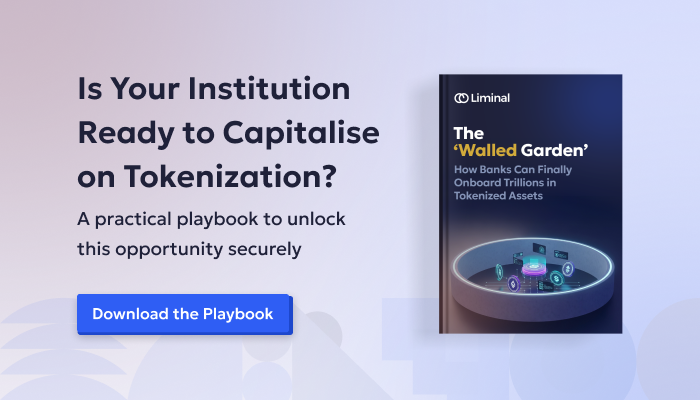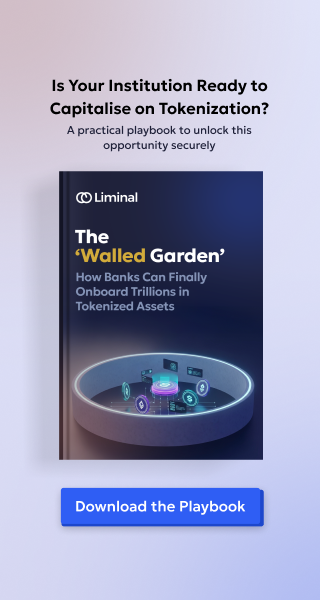Boba Network
Boba Network is a layer-2 scaling solution for the Ethereum blockchain, designed to improve transaction speed and reduce costs while maintaining security and decentralization. To understand how Boba Network achieves these goals, it is essential to delve into its technical aspects, including its architecture, consensus mechanism, and key features.
Understanding Layer-2 Solutions
Layer-2 solutions are protocols built on top of existing blockchain networks (layer-1) to enhance their performance. They handle transactions off the main chain, thereby reducing congestion and improving scalability. Boba Network is one such solution that leverages Optimistic Rollups to provide these benefits.
Optimistic Rollups Explained
Optimistic Rollups are a type of layer-2 scaling solution that bundle multiple transactions into a single batch and process them off-chain. These batches are then submitted to the Ethereum mainnet as a single transaction. The term “optimistic” refers to the assumption that transactions are valid by default, with an opportunity for network participants to challenge fraudulent transactions through a dispute resolution mechanism.
Boba Network’s Architecture
The architecture of Boba Network consists of the following key components:
1. Sequencer: The sequencer is responsible for aggregating and ordering transactions off-chain before submitting them to the Ethereum mainnet. It plays a crucial role in ensuring the efficiency and speed of the network.
2. Fraud Proofs: To ensure the integrity of transactions, Boba Network uses fraud proofs. If a transaction batch is suspected to be fraudulent, network participants can submit fraud proofs to challenge it. This mechanism helps maintain security and trust within the network.
3. Bridge: Boba Network includes a bridge that allows assets to be transferred between the Ethereum mainnet and the Boba Network. This bridge ensures interoperability and enables users to take advantage of the lower fees and faster transactions offered by the layer-2 solution.
Key Features of Boba Network
1. Reduced Gas Fees: One of the primary advantages of Boba Network is its ability to significantly reduce gas fees compared to transacting directly on the Ethereum mainnet. By processing transactions off-chain, users can save on costs.
2. Faster Transactions: Boba Network enhances the speed of transactions by aggregating them off-chain and then submitting them as a single batch to the Ethereum mainnet. This approach reduces the time required for transaction confirmation.
3. Enhanced Scalability: By offloading transaction processing from the main Ethereum network, Boba Network helps alleviate congestion and improve the overall scalability of the blockchain. This allows for a higher number of transactions to be processed simultaneously.
4. EVM Compatibility: Boba Network is fully compatible with the Ethereum Virtual Machine (EVM), which means that developers can deploy and execute their existing Ethereum smart contracts without modification. This compatibility ensures a seamless transition for developers looking to leverage the benefits of layer-2 scaling.
5. Decentralized Governance: Boba Network employs a decentralized governance model, allowing token holders to participate in decision-making processes. This model ensures that the network evolves in a manner that aligns with the interests of its community.
Security and Decentralization
Security is a paramount concern for any blockchain solution, and Boba Network is no exception. By utilizing Optimistic Rollups, Boba Network inherits the security properties of the Ethereum mainnet. The dispute resolution mechanism, through fraud proofs, ensures that any fraudulent activity can be detected and rectified.
Decentralization is maintained through the use of multiple validators and sequencers. These entities are responsible for processing transactions and maintaining the integrity of the network. By distributing these roles across a wide range of participants, Boba Network minimizes the risk of centralization.
Use Cases and Applications
Boba Network’s scalability and cost-efficiency make it suitable for a wide range of applications, including:
1. Decentralized Finance (DeFi): DeFi platforms can benefit from Boba Network’s reduced fees and faster transactions, making it more accessible for users to participate in lending, borrowing, and trading activities.
2. Non-Fungible Tokens (NFTs): The NFT market, known for its high transaction costs, can leverage Boba Network to lower fees and enable more efficient trading and minting of digital assets.
3. Gaming: Blockchain-based games can use Boba Network to enhance the user experience by providing faster and cheaper transactions, essential for in-game economies and microtransactions.
4. Supply Chain Management: Boba Network can improve the efficiency of supply chain operations by providing a scalable and cost-effective solution for tracking and verifying transactions.
Conclusion
Boba Network represents a significant advancement in layer-2 scaling solutions for Ethereum. By leveraging Optimistic Rollups, it offers reduced gas fees, faster transactions, and enhanced scalability while maintaining security and decentralization. With its wide range of applications, Boba Network is poised to play a crucial role in the future of blockchain technology.

